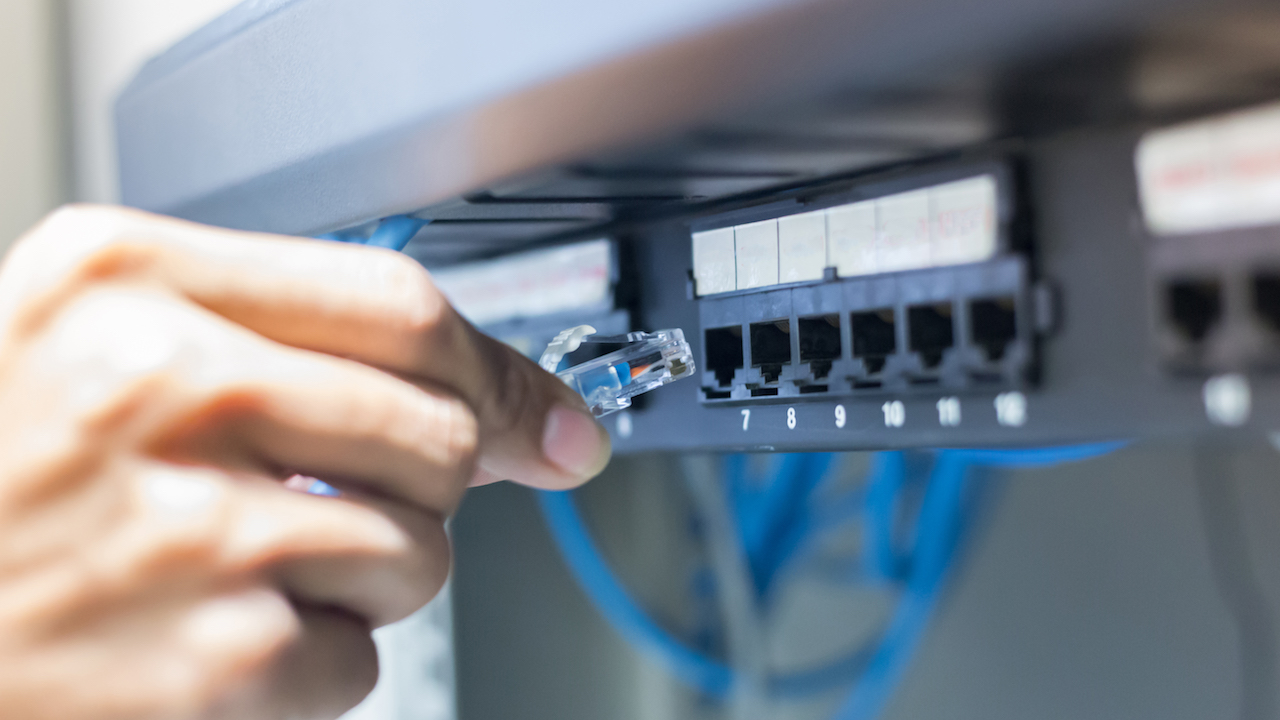This is the second part of our two-part lesson. Here we will also address some basic IP principles that seem to be overlooked. In this lesson we are going to focus on two fundamental ideas: half duplex versus full duplex and statistical multiplexing.
Half-duplex refers to transmitting one way at a time. Full-duplex is transmitting both directions simultaneously. For example, some Ethernet interface cards can be set to transmit in either mode. Full duplex is technically possible in the 100Mbps version of Ethernet because the pair of wires used to transmit is different from the pair that is used to receive. However, most business IP applications rarely operate in full-duplex mode. Generally, the client requests one or more files and the server sends them. Even within a large file transfer, the server uses TCP to send one or more segments, after which the client acknowledges receipt of those segments. On the other hand, delivery methods that use UDP are generally half duplex. An example is IPTV, and such applications send in one direction only.
Related: Byte-Sized Lesson: Overlooked IP Basics
Half duplex and full duplex are sometimes confused with asynchronous and synchronous. In data communications terminology, synchronous means to be based on or to follow a clock. Think of an orchestra following the motion of the conductor’s downbeats. Unfortunately, as often happens, social media, educators, and popular culture have tried to adopt and apply these terms. However, in this context, asynchronous more closely follows the idea of half duplex. Likewise, when it is used this way, synchronous usually means simultaneously as in full duplex.
The term statistical multiplexing was widely used in the 1980s and 90s to refer to a method of asynchronous transfers done at layer two. Wide area network connections used telephone connections called dedicated or leased lines. They were private point-to-point circuits. By today’s standards, they were slow. A customer might lease a dedicated circuit that provided 9600bps and insert statistical multiplexors to simulate communications that exceeded that capacity. For example, six terminals each capable of communicating at 2400bps would be connected. This was possible because not all of the terminals needed the circuit at any given instant. While statistical multiplexing, as it was previously known, is nearly nonexistent today, the underlying concept is still commonly used. The basic idea is that many devices share a common media to communicate. This is exactly what Wi-Fi does. The common media is the air. And, like 1980s stat muxes, the transmitting interface card or access point must compete for the use of the air to communicate. Sometimes, it seems we recycle technologies.
